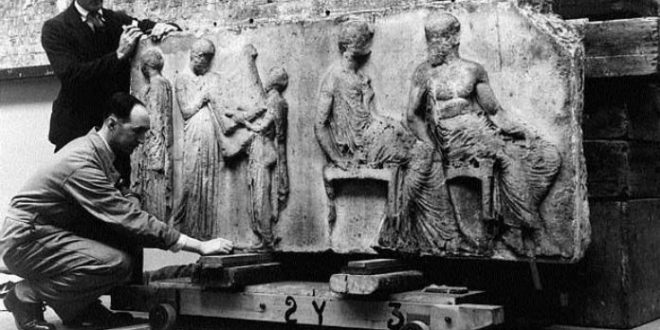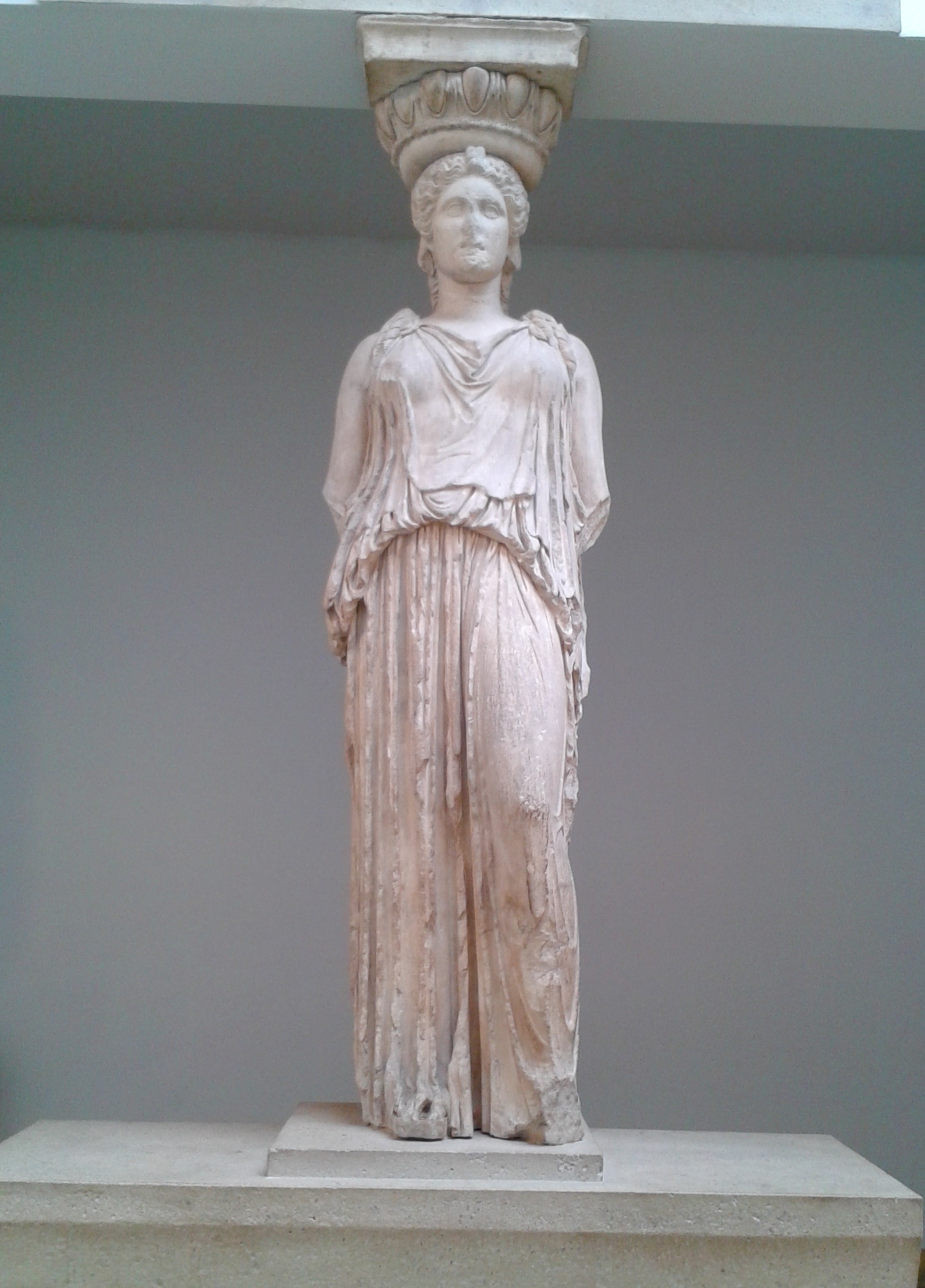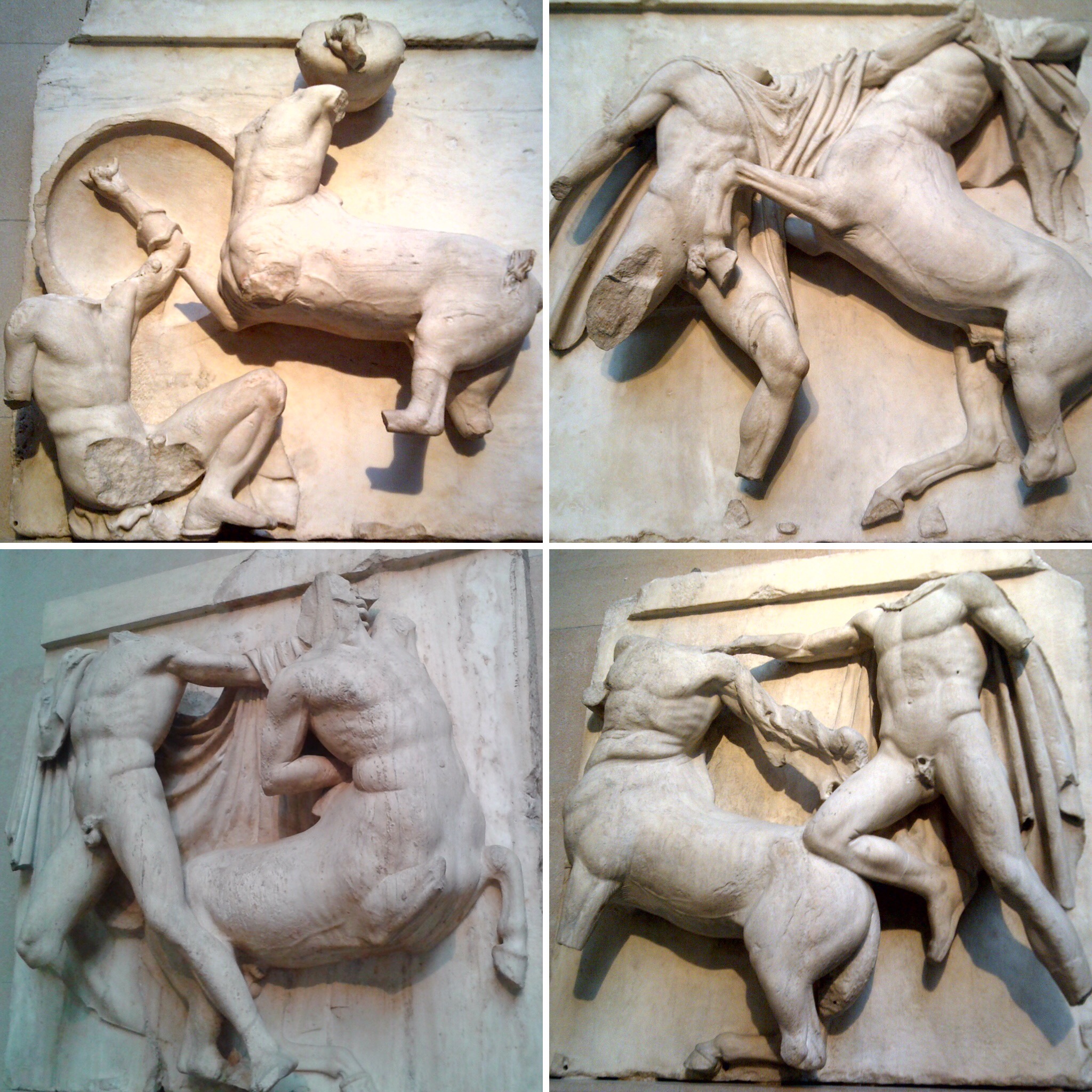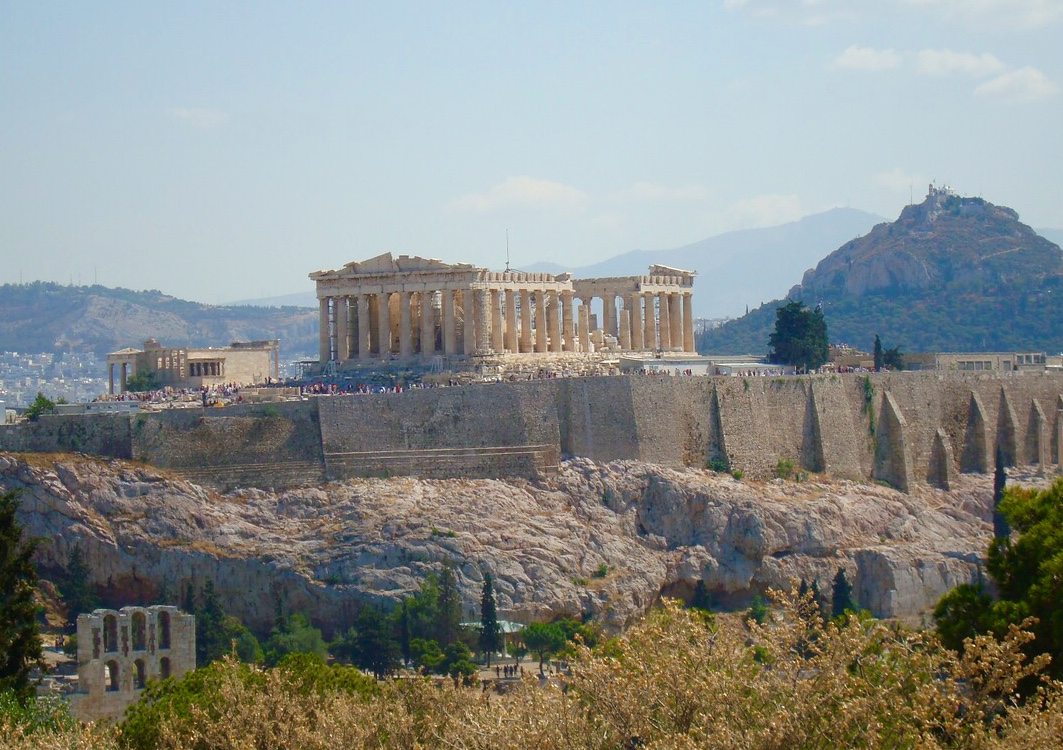
The Parthenon marbles are a large collection of marble friezes and statues from the Classical Greek era. They were made by the Greek architect and sculptor Phidias, and were an integral part of the temple of Parthenon, and other temples, on the Acropolis in Athens. The Parthenon temple is thought to have been built around 2,500 years ago and like many other places in the ancient world it was subjected to damage from both earthquakes and wars throughout its time. The Parthenon was an important temple dedicated to the Greek goddess, Athena and integral part of the Acropolis complex. In around 500 A.D. the site began to change becoming the church of the Virgin Mary of the Athenians. In the 1500’s Greece was invaded by the Ottomans and not long after, the Acropolis was turned into a garrison for Ottoman troops and a mosque complete with a minaret was added to the Parthenon.
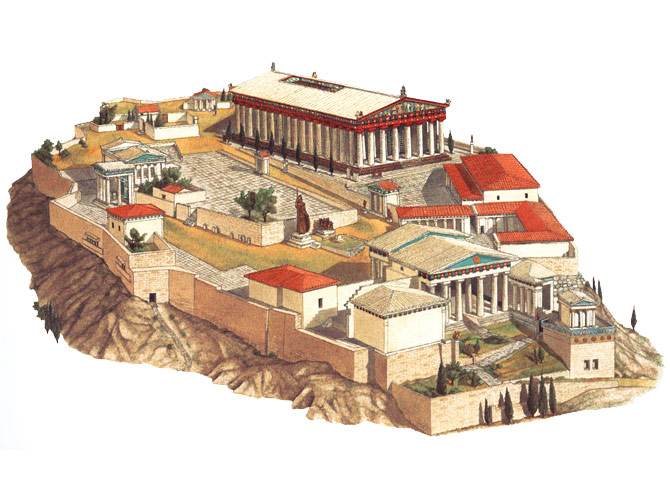
In 1687, the Acropolis was used by the Ottoman garrison to store gunpowder. Whilst the city was being attacked by the Venetians, this proved a bad idea as the gunpowder exploded when a Venetian mortar hit the site. The blast sadly destroyed the Parthenon roof and many of the temples friezes and sculptures were also damaged beyond repair. It’s thought that the damage was so bad that much of what remained could never be adequately returned to its rightful place on the temple, so much of the temple debris remained where it was, lying in ruins. Not long after, Francesco Morosini, a Venetian Admiral, attempted to take sculptures from the Acropolis in the hope of transporting them back to Venice. The equipment he used during the process broke, and the Sculptures, which included a depiction of Poseidon, were smashed beyond repair. Not long after the Acropolis site fell into disuse and disrepair.
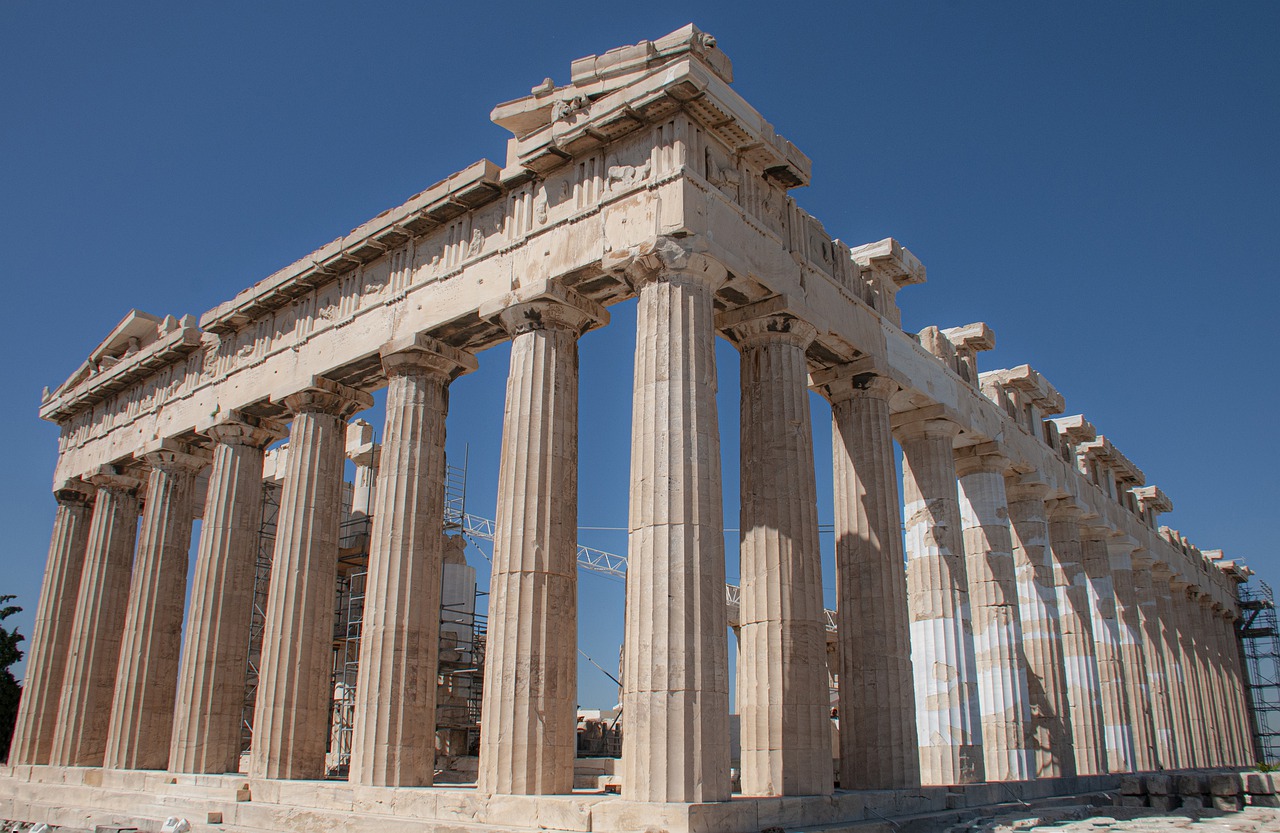
By the 1800’s the European Grand Tour had become popular, much of Europe was full of tourists and opportunist treasure seekers, and Greece was high on the list. After the previous devastation only around half of the Parthenon Sculptures were left on the site, but this didn’t stop many travellers from visiting the site and taking their own piece of the Parthenon remains away with them. No one knows how much actually disappeared but it was a big problem in the 1800’s.
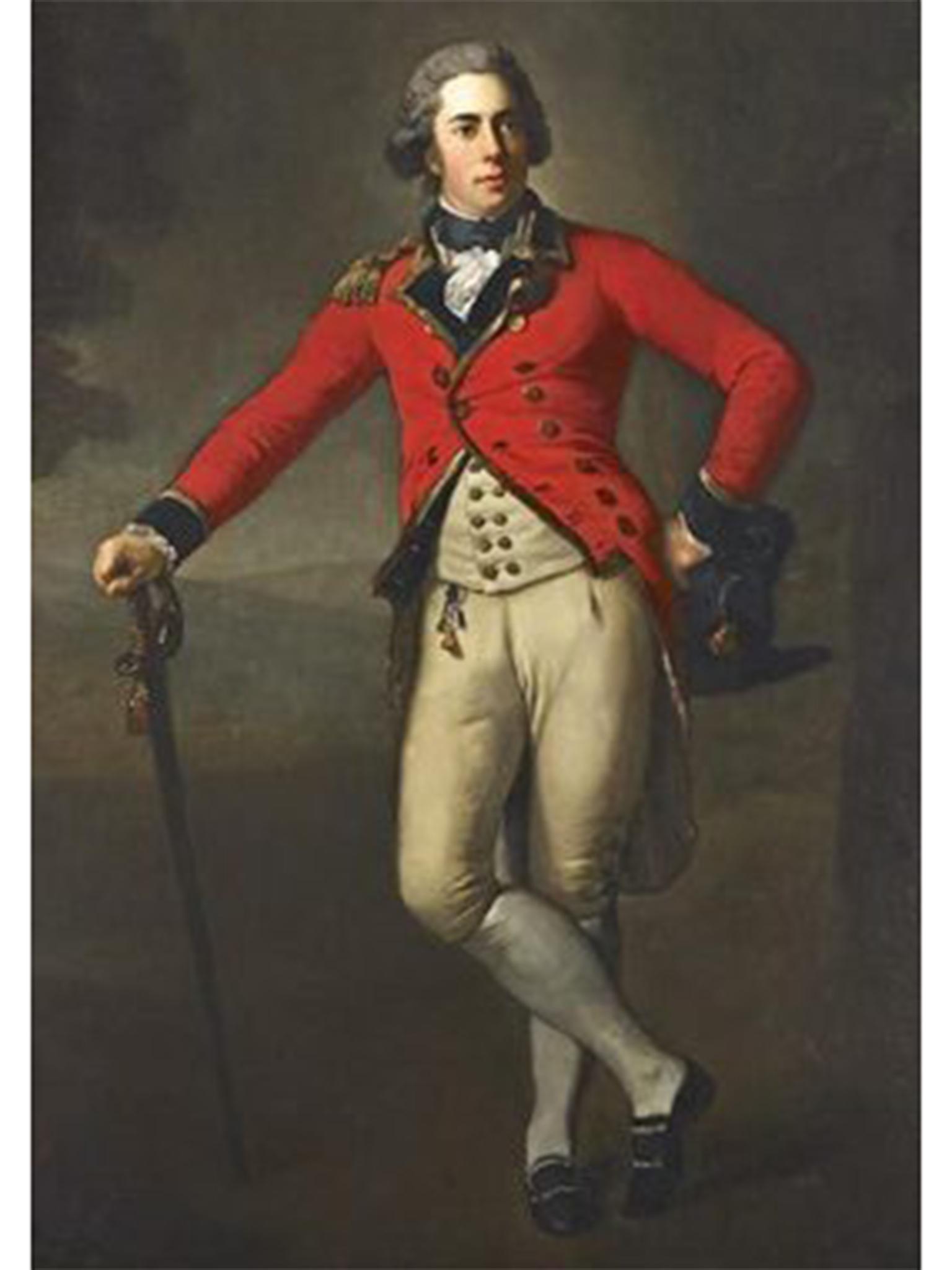
Lord Elgin, British Ambassador
Scottish Aristocratic Thomas Bruce who was the 7th Earl of Elgin and 11th Earl of Kincardine – now more commonly known as Lord Elgin – was assigned British Ambassador to the Ottoman Empire in Constantinople in the early 1800’s and shortly after was granted permission by the Ottomans to “study” the remaining Parthenon Sculptures on the Acropolis. On obtaining his Firman (paperwork), Lord Elgin set about taking Parthenon sculptures from both the remaining building and the surrounding area. Elgin stripped the building and the number of marbles taken by him was extensive and included approx seventy-five metres of marble frieze, that once ran around the Parthenon temple building, seventeen life sized marble pediments (figures), and about fifteen (out of ninety-two) metopes (sculpted panels), that were originally located above the temples columns. Lord Elgin also took four pieces from a frieze that was on the temple Athena Nike. He also removed a caryatid (a female statue) from the portico of the Erechtheion. It took around two hundred crates to carry all the items he’d removed.
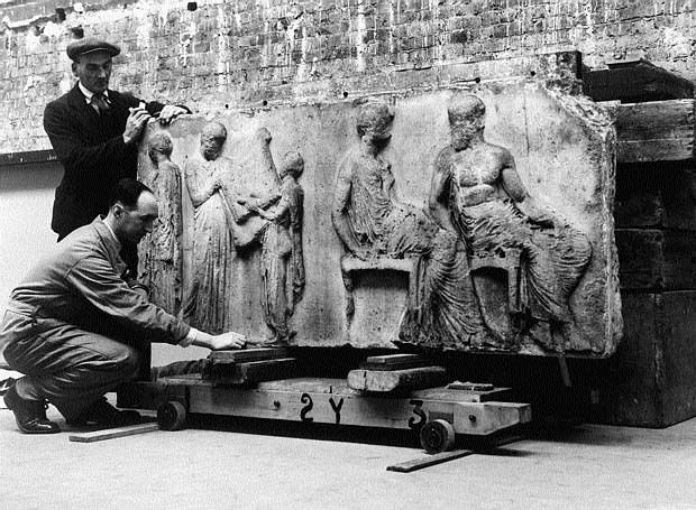
The Parthenon marbles were transported from Greece by boat, eventually ending up in London. In 1802, during the transportation one of the ships, The Mentor, hit a bad storm and sank south of the island of Kythera. Lord Elgin gathered a team of divers to ensure that all the marbles that had been on board the Mentor were rescued from the seabed, it took two years before they were able to do it though, and many of the other priceless artefacts that had also been on the ship were forgotten and remained where they were on the ocean floor.
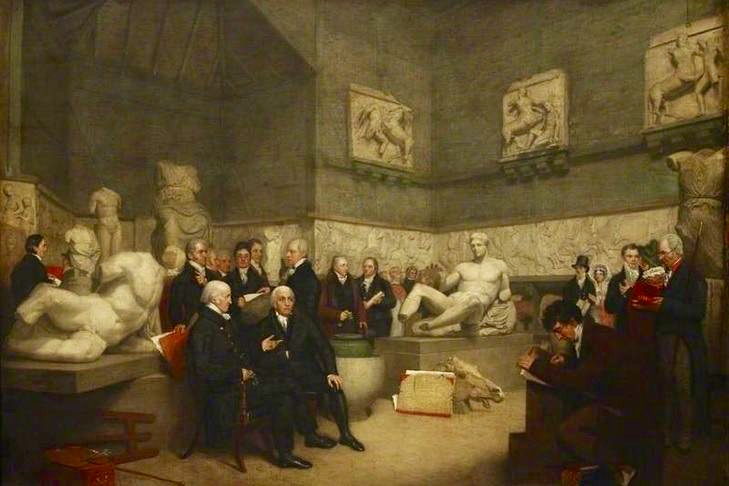
When all the marbles finally arrived in London, Lord Elgin created a temporary museum with them which was opened to the public in 1807 giving Londoners an opportunity to view Ancient Greece close up. In 1816 Lord Elgin’s actions relating to the marbles were looked into and investigated by the UK Parliamentary Committee, who eventually decided that his acquisition of the Sculptures had been legal. Finding himself broke and in the throws of a divorce, Elgin decided to put the marbles up for sale. He was concerned about them falling into the hands of “foreigners” so he tried his best to persuade the UK Government to buy them. The UK Parliament eventually agreed and shortly after funds were granted to The British Museum to house the artefacts. The marbles were then moved to the well known museum and they finally went on show in 1817. The Parthenon marbles have remained a central part of the British Museum collection ever since.
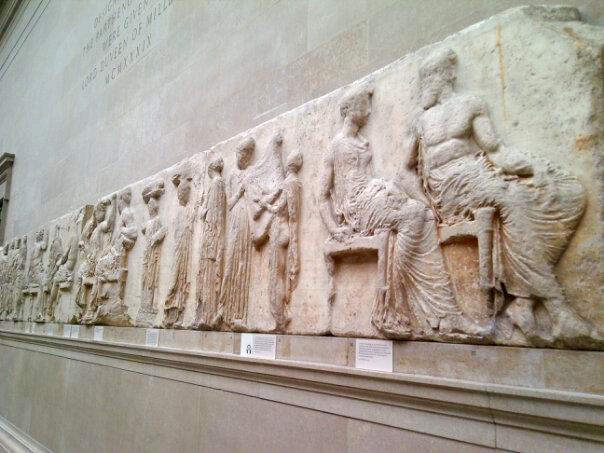
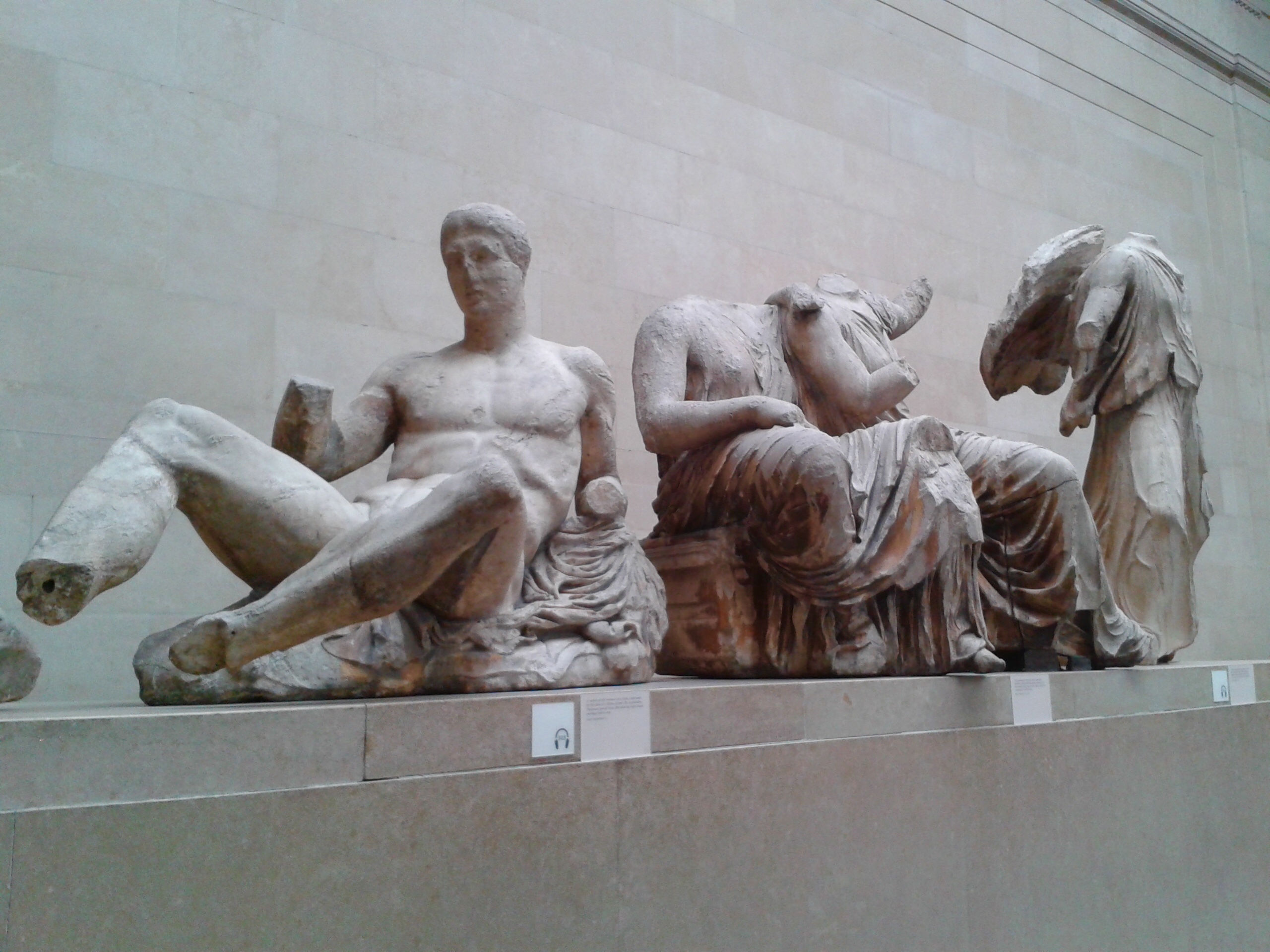
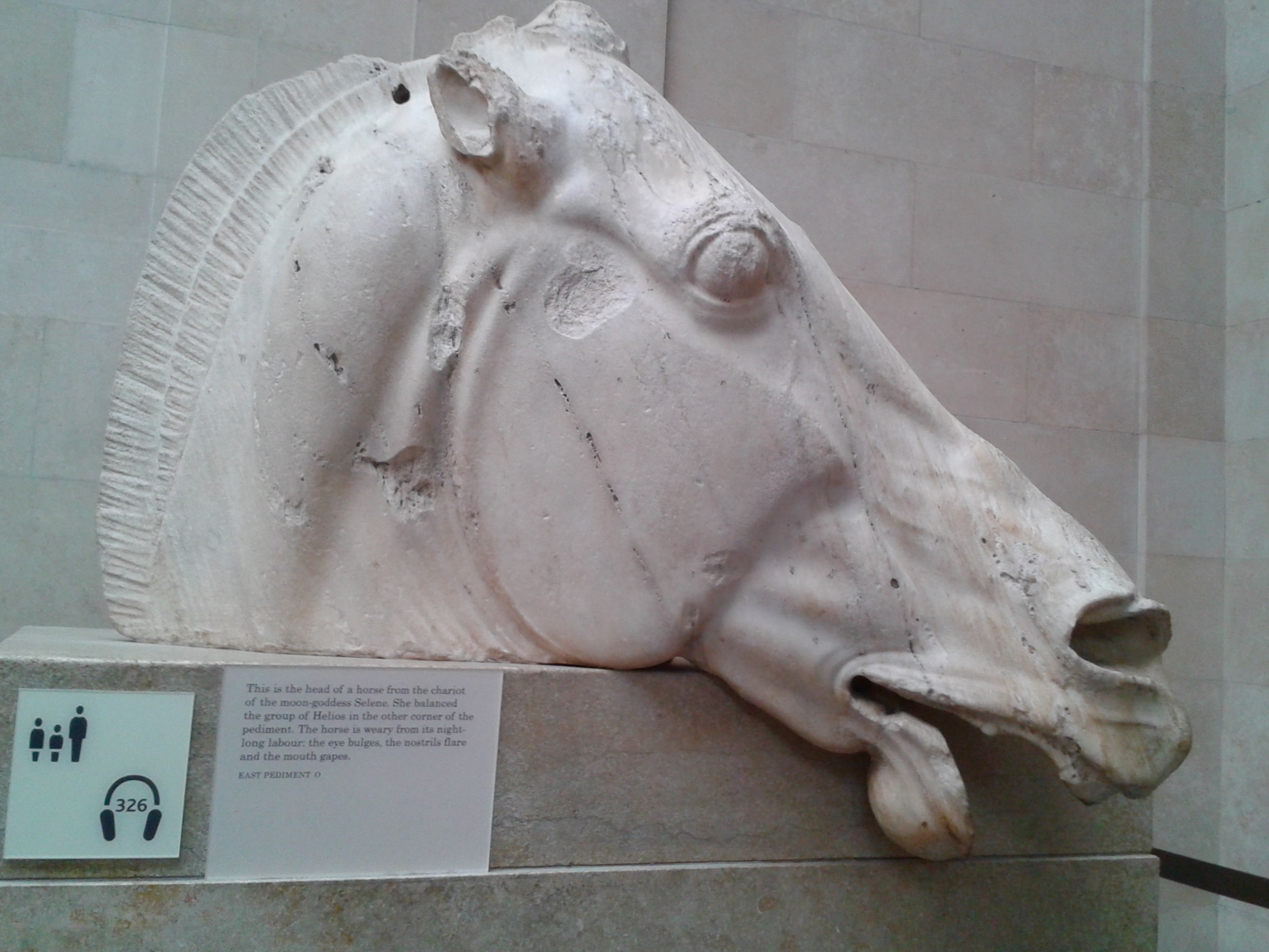
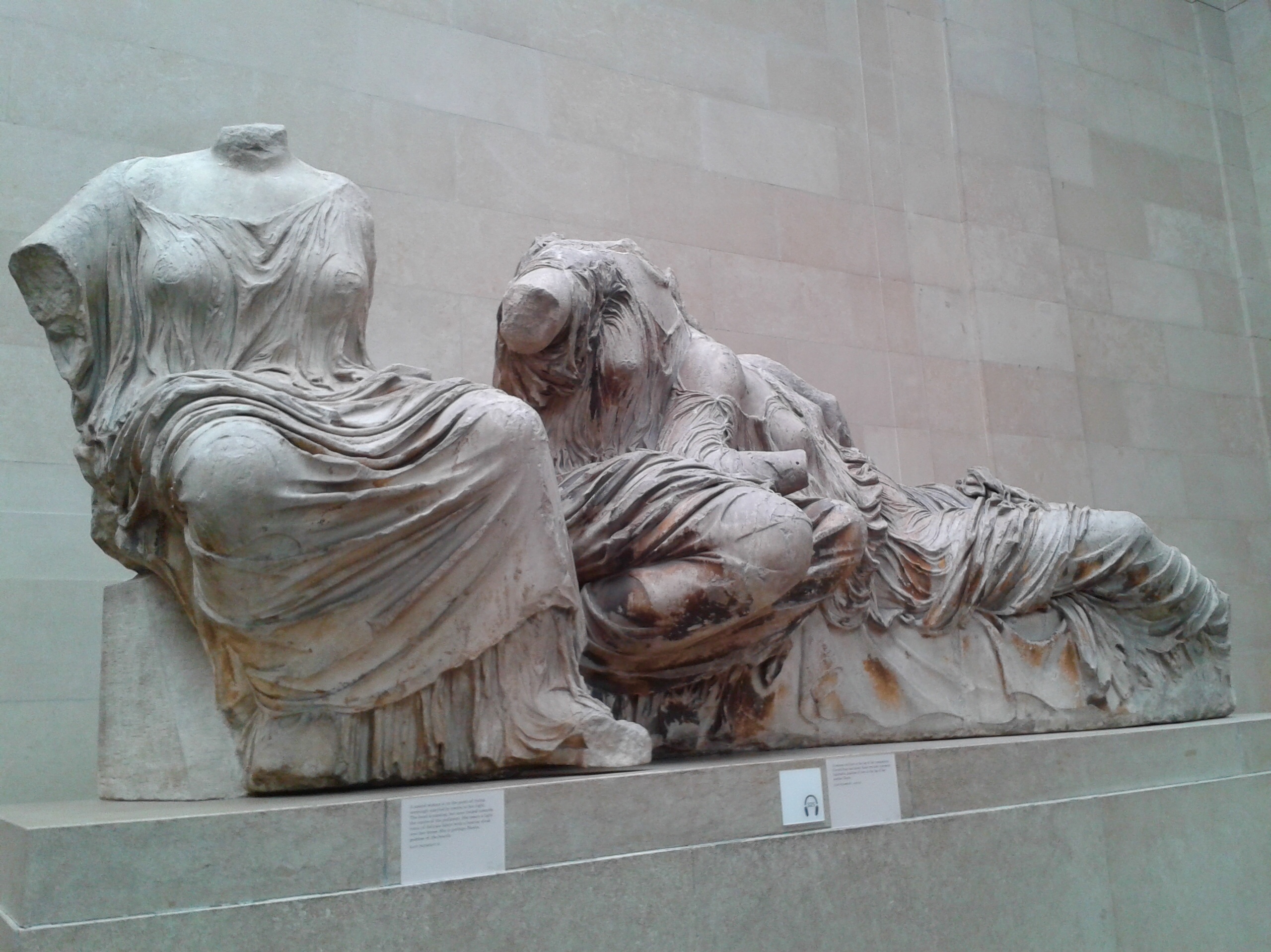
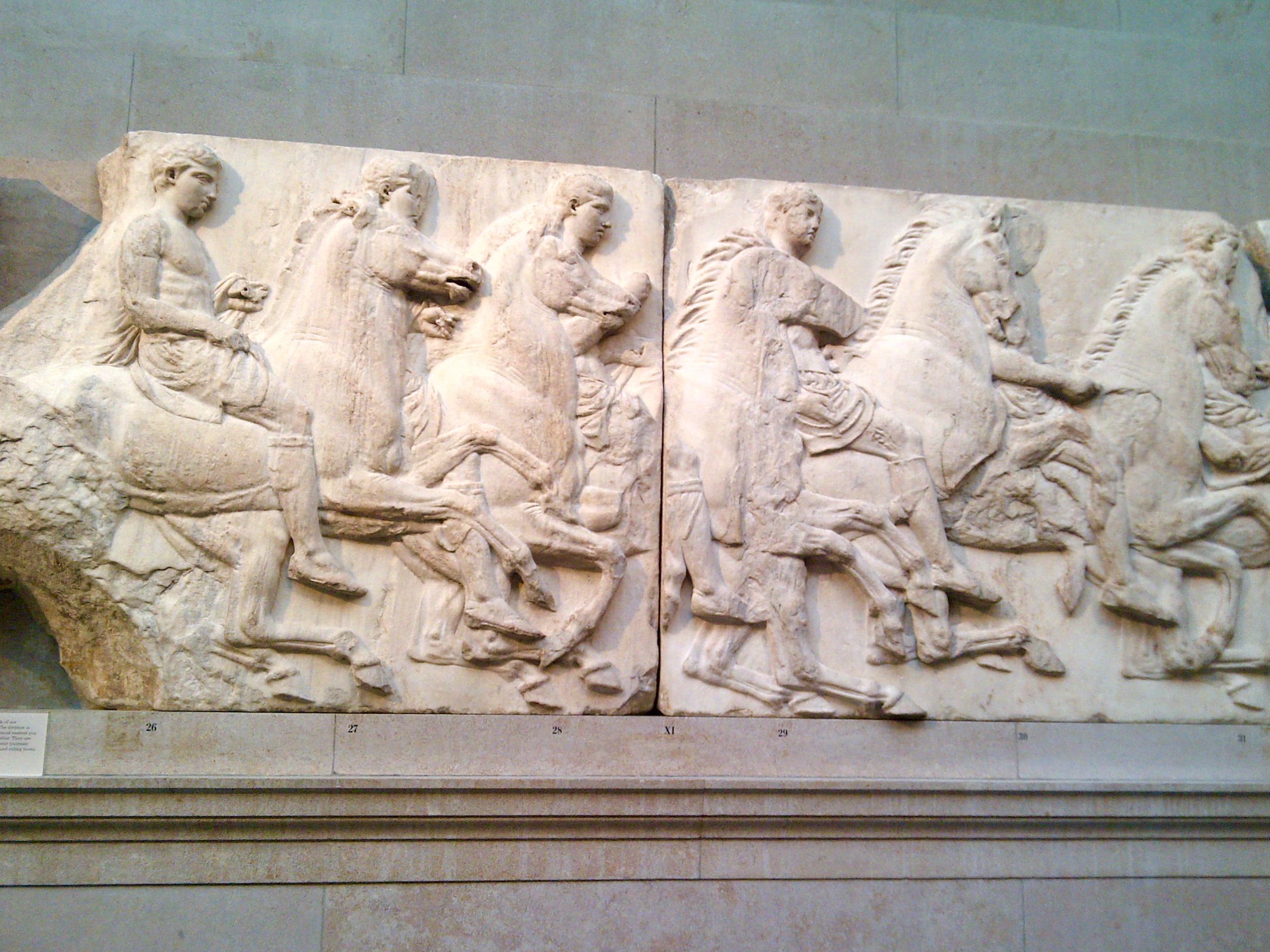
Many people don’t realise that as well as Athens and London, there are a number of other Parthenon Sculptures in the Glyptothek museum in Munich, the Kunsthistorisches Museum in Vienna, the Musée du Louvre in Paris, the National Museum in Copenhagen, the University Museum in Würzburg and the Vatican Museums.
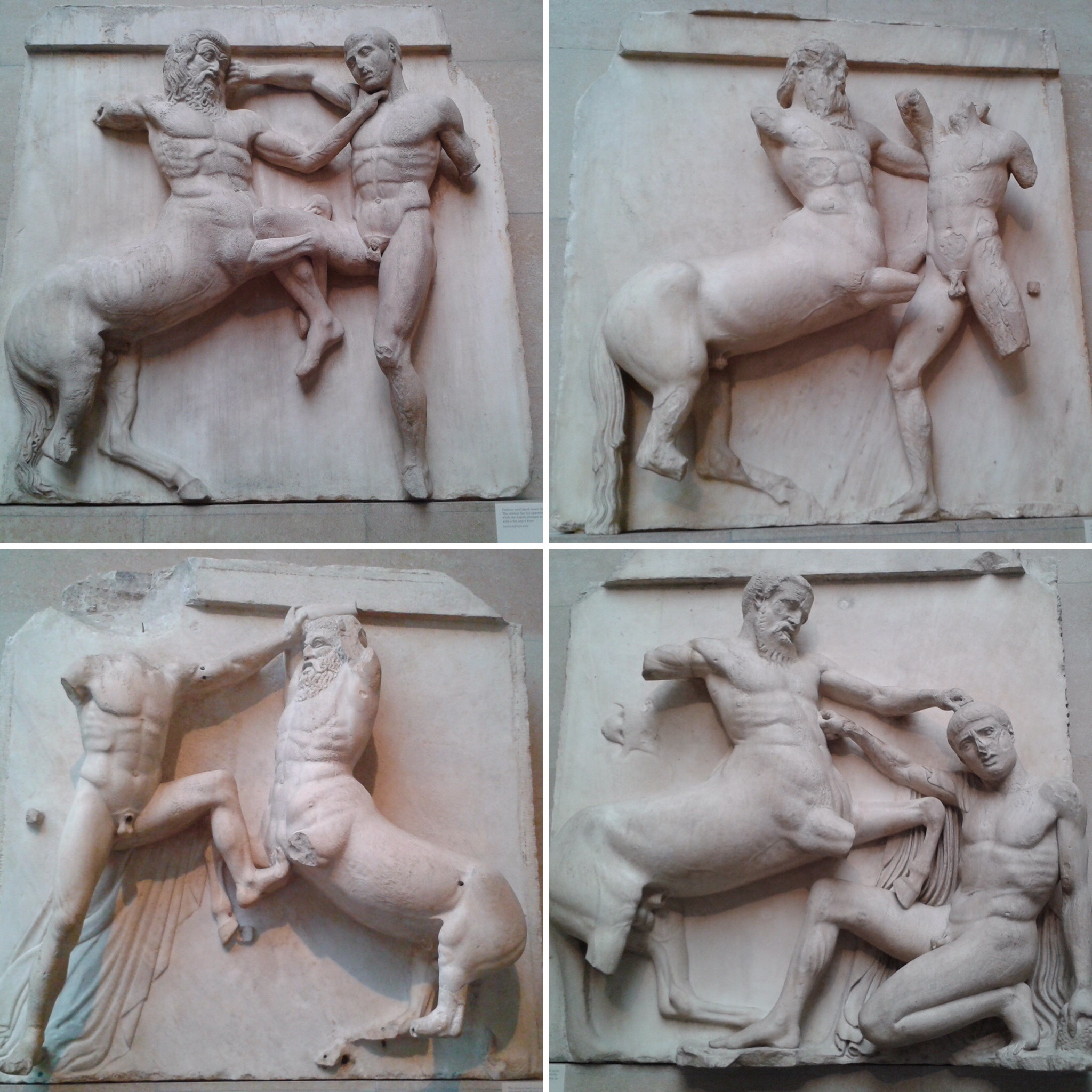
Was what Lord Elgin did legal?
This a question that’s been asked on many occasions and discussed repeatedly over the years. Sultan Selim III ruled Greece at the time and he granted Lord Elgin a Firman to study or take stones with old figures and inscriptions on them. Elgin took this as having permission to take whatever he wanted from the Acropolis site. Since then, many have studied the information and documents from the time, and state that Lord Elgin was never actually granted permission to remove any marbles, reliefs or statues from the Parthenon, and it is thought that the Firman most definitely didn’t allow him to remove them from the country. At a later UK Parliamentary Committee it was stated that Lord Elgin admitted that his actions at the time probably were illegal but he said that he did it in order to “save and protect the temple from heavy looting and damage that had taken place during the Ottomans rule.” To many however, this isn’t good enough and they feel that the actions were unacceptable and should never have been allowed to happen.
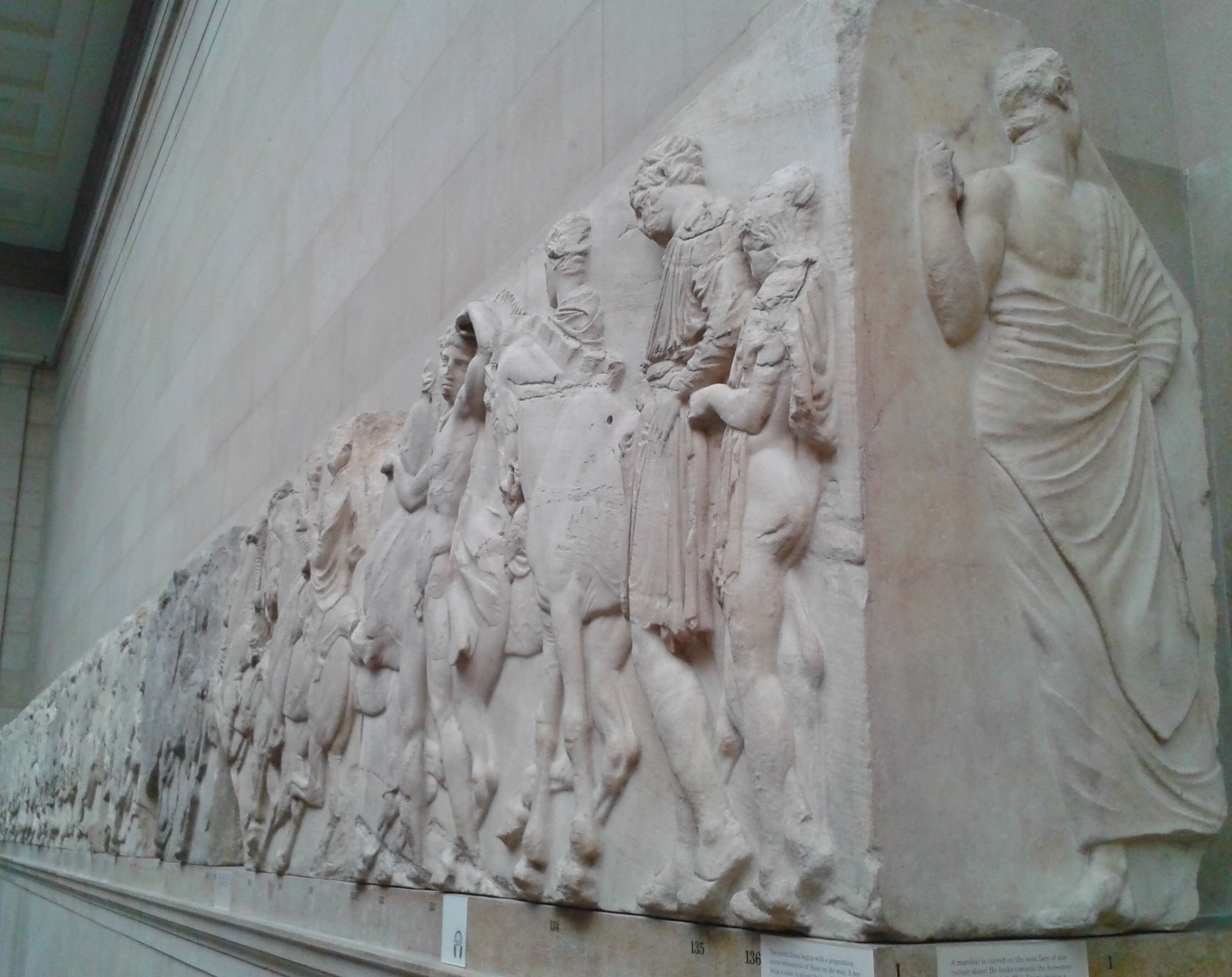
Returning the Parthenon marbles to Greece
Since their independence in 1832 Greece has been fighting to get the marbles returned. Their removal from Greece is an extremely contentious issue. Greeks believe that the priceless artefacts should never have been removed from the country, nor should they be allowed to remain in the British Museum. It’s an issue that’s rumbled on for a very long time and still continues to be discussed. In the last week, the situation has arisen once again, with discussions of a possible loan of some of the artefacts to Greece being turned down by the British Museum.
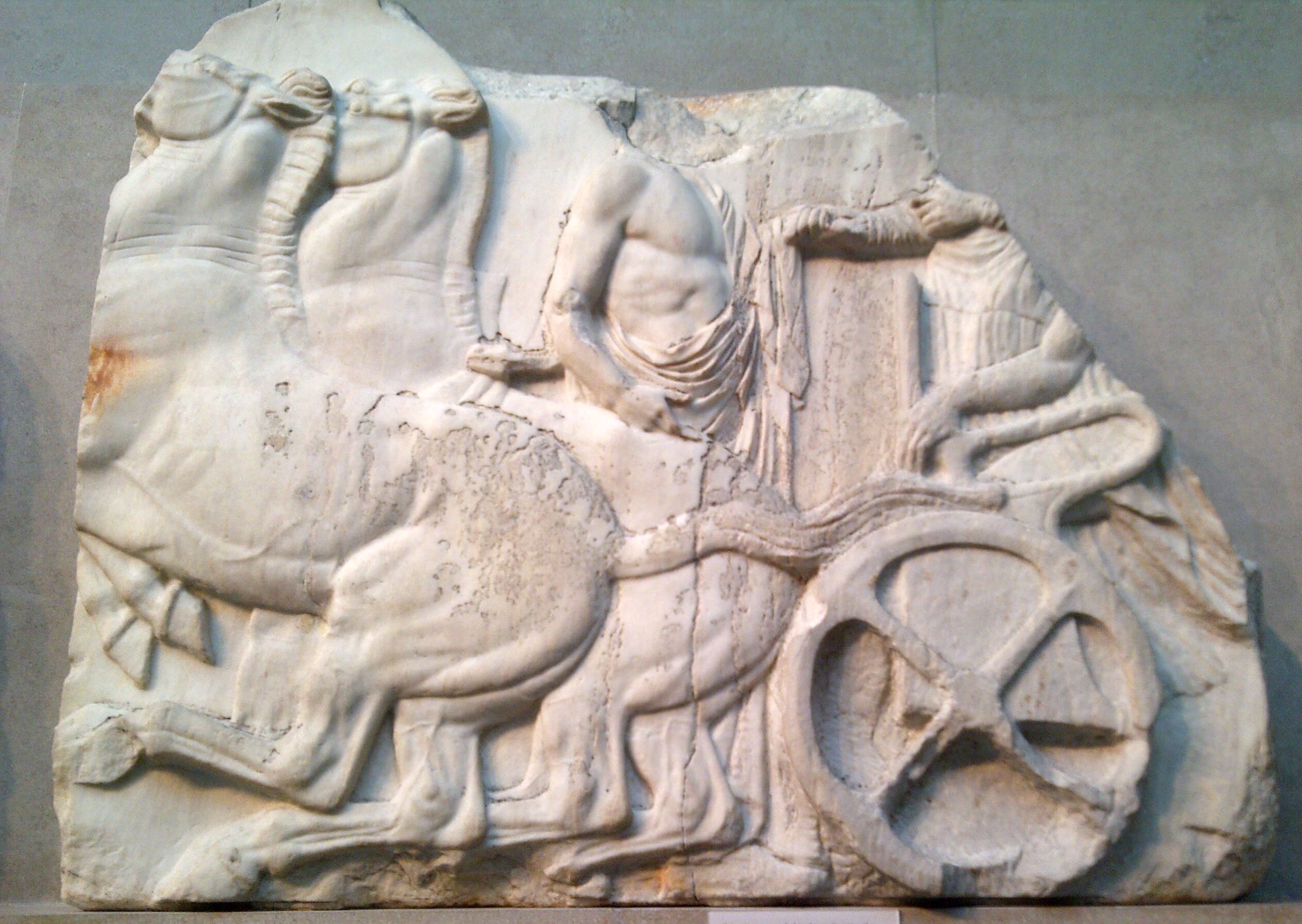
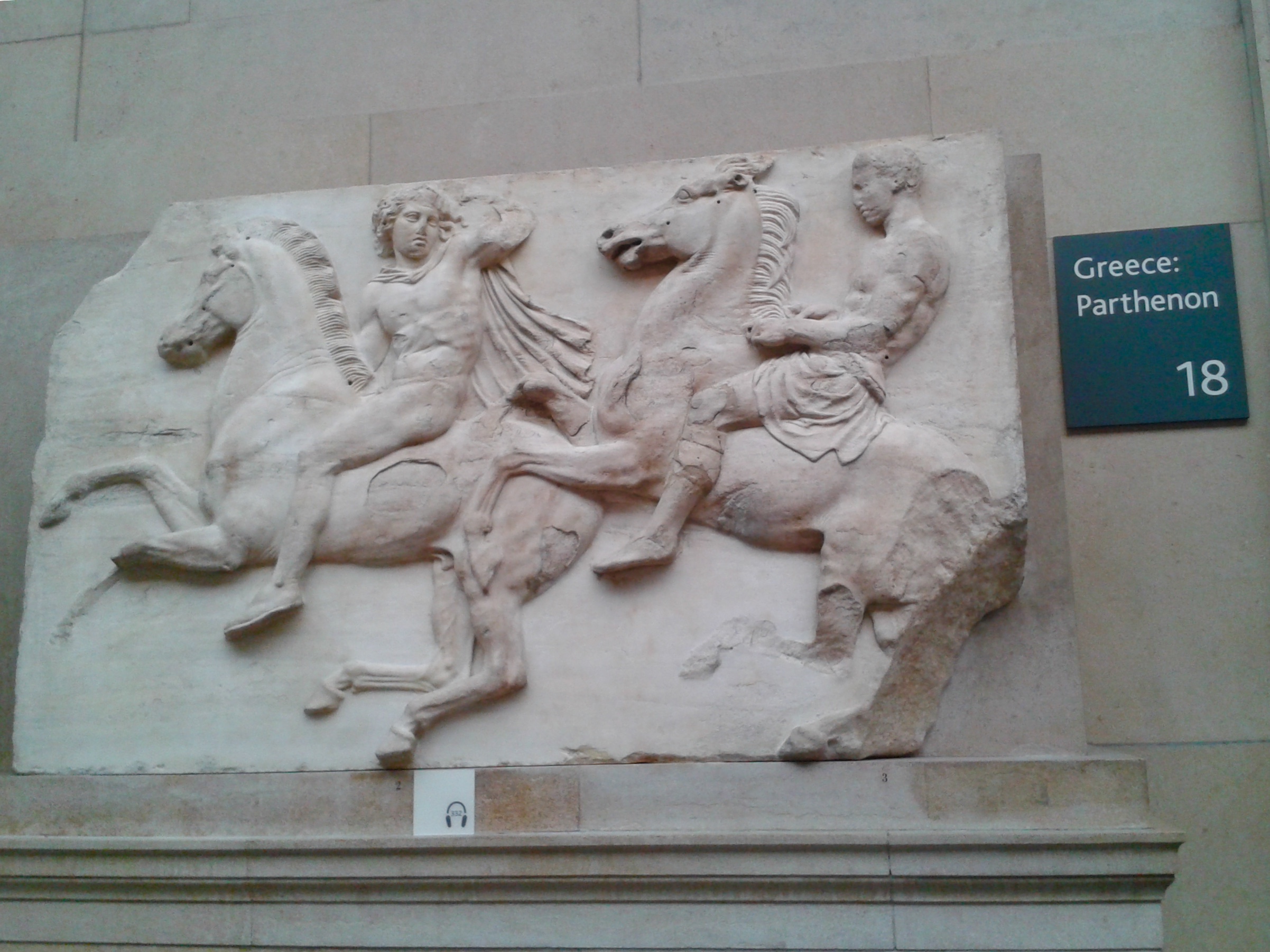
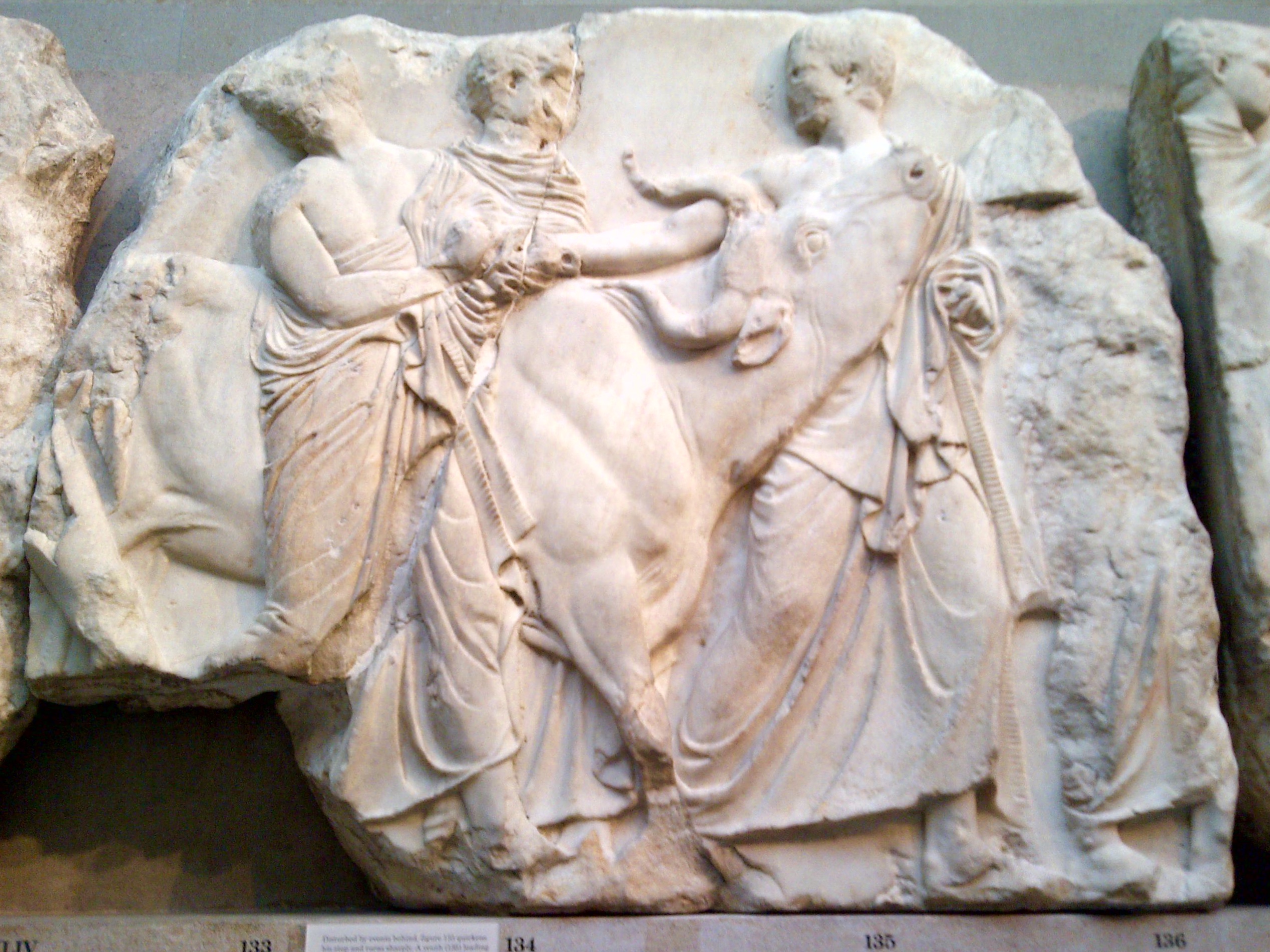
In the summer of 2009 the new Acropolis Museum opened with a dedicated space for the Parthenon marbles to be displayed in. The Parthenon Gallery is located on the third floor of the museum, it’s surrounded by glass and is dedicated to the Parthenon temple and artefacts. Marbles showing the Panathenaic procession are set out in order around the edge of a large central column in the museum. Large pediment figures sit on pedestals at both the east and west ends of the gallery; to the west a depiction of the battle of Attica between Athena and Poseidon, and to the east the birth of the goddess Athena emanating from the head of her father Zeus. There are also metopes depicting Greek myths located around the space, between large steel columns, whose numbers match the same number of columns as in the temple itself.

The hope was that the marbles in the British Museum would be returned to Athens to be reunited and once more become an [almost] complete collection. Unfortunately this still hasn’t happened and the discussions over the artefacts return to Greece still continues. It’s a now situation seemingly stuck in stalemate with Greece demanding their return, and the British Museum saying they are unable to return them. The Greek Government say that the British Museum has no legal claim over the Sculptures, and that they should be rightfully returned to their country of origin. The British Museum’s stance is that they are trustees of the artefacts and that the items allow people from all over the world to learn about them and their legacy. It’s a conversation that will no doubt continue to rumble on until there is a resolution that Greece is happy with. Sadly, no one knows if they will ever end up back in Greece again.
Note: The Parthenon marble photos from the British Museum collection are copyright of Chrissie Parker
 Zakynthos Informer Zakynthos Informer
Zakynthos Informer Zakynthos Informer

